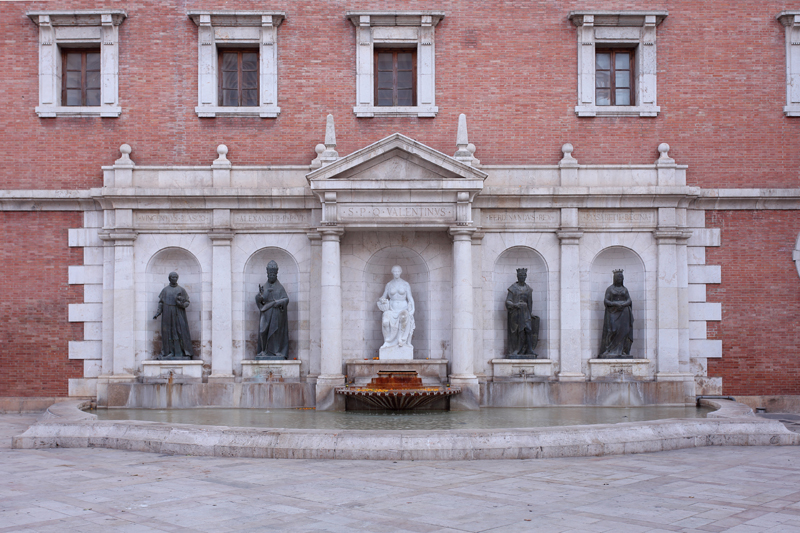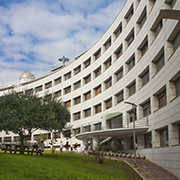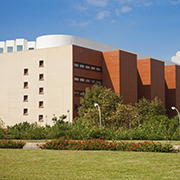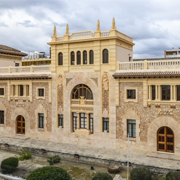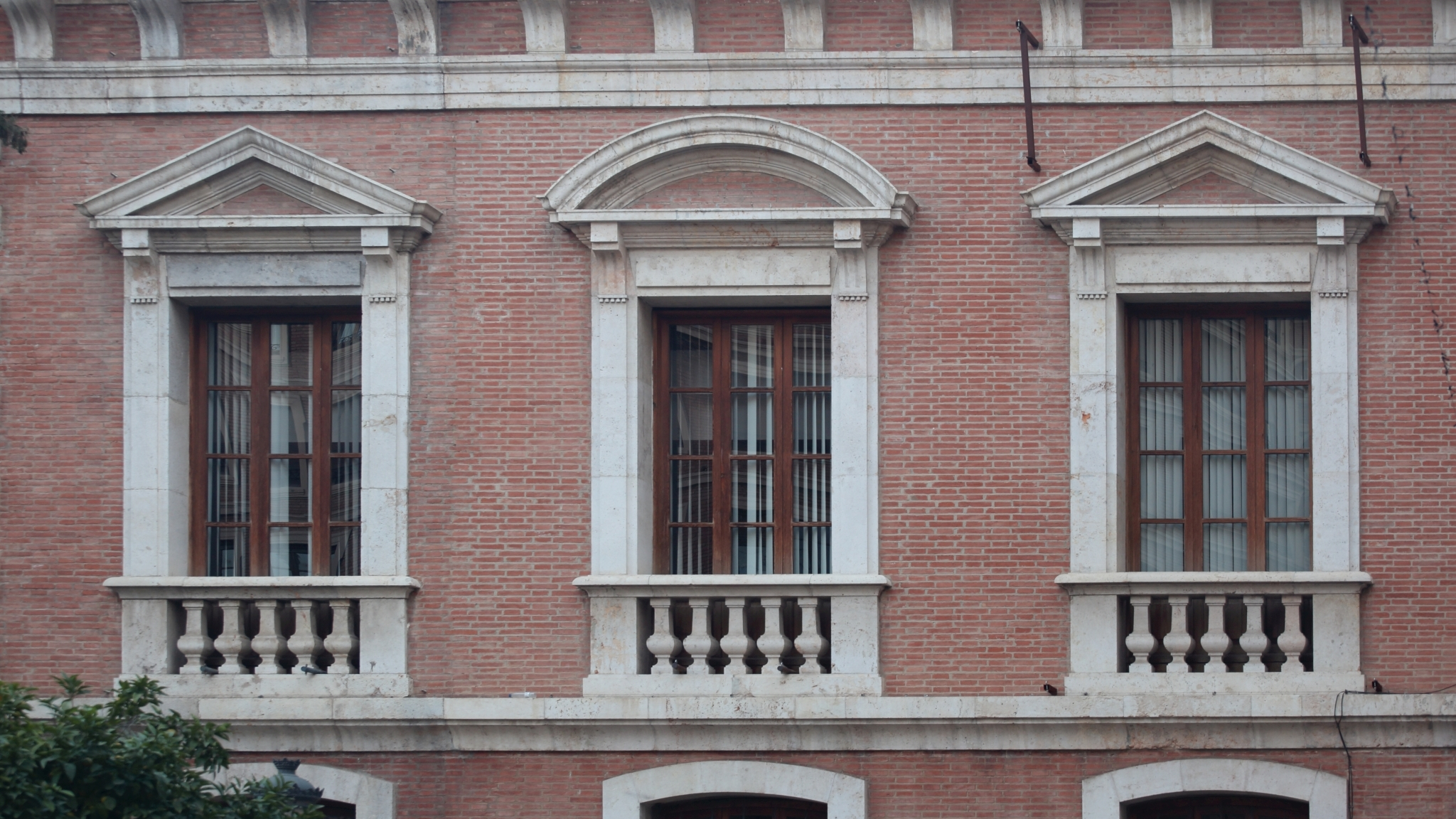
Pere Compte and Pere Bernia; Joaquín Martínez; Timoteo Calvo; Antonio Martorell; Sebastián Monleón; Javier Goerlich; Antonio Escario and Luis Carratalá
Neoclassic
Cultural
Teacher
Cultural Centre La Nau
C/ de la Universidad, 2
46003 Valencia (Valencia)
96 386 46 20
This imposing structure is the result of the adaptation of several buildings and garden plots purchased from Isabel Saranyó. The work needed to house the newly created Estudi General was entrusted to two of the most important medieval craftsmen in Valencia: Pere Compte, the architect who designed some of the most representative works of the time in Valencia—La Lonja and las Torres de Serranos—and the obrer de Vila Pere Bernia. The importance of the cultural and artistic splendor of 15th-century Valencia fostered the creation of educational centers and the development of a city that provided the setting for manor houses within an increasingly rich and complex urban fabric.
The first manors that were purchased to house the initial studios of the university were expanded over time, and eventually combined in later moments into a single structure. It was not until much later that construction of the Neoclassical main cloister began. It was built in two phases: the ground floor, flanked by Doric columns, was built in the 19th century, while the upper gallery, supported by Ionic columns, was completed during the 1940s. All of the current rooms and halls are accessed from this remarkable space, which serves as an ambulatory and vestibule for the different rooms in the building, connecting both horizontal and vertical traffic.
Of particular significance in La Nau are the historical and State-owned departments, such as the Sapiencia Chapel, built in the Baroque classicist style to substitute an earlier medieval chapel. It connects to the cloister by means of a small Renaissance-style courtyard. From the ground floor of the main cloister we can access the Auditorium, or academic theater. This hall is one of the most representative institutional spaces, and it continues to be used for formal academic functions such as the inauguration of the academic term or the awarding of doctorate degrees. The current and definitive design was the work of the university architect Sebastián Monleón.
The exterior façades were consolidated nearly entirely in the 18th century based on a project designed by Joaquín Martínez for the Historical Library. The austere Neoclassical composition has two ample floors and a robust cornice that tops the entire perimeter of the building. The building’s original use as an academic institution, and in particular for the study of science as one of the university’s original fields of study, led to the construction of the meteorological and astronomical observatories, as well as a pioneering natural history museum. Everything disappeared in a dramatic fire in 1932.
The building was declared a National Historic-Artistic Monument in 1981, highlighting the exceptional architectural and cultural values it embodies. It was fully renovated in 1999 to mark the 500th anniversary of the institution, giving even more visibility to the importance of this unique building. It was then transformed into La Nau Cultural Center, which is now one of the most important spaces for cultural activities in the city of Valencia.
This imposing structure is the result of the adaptation of several buildings and garden plots purchased from Isabel Saranyó. The work needed to house the newly created Estudi General was entrusted to two of the most important medieval craftsmen in Valencia: Pere Compte, the architect who designed some of the most representative works of the time in Valencia—La Lonja ...



